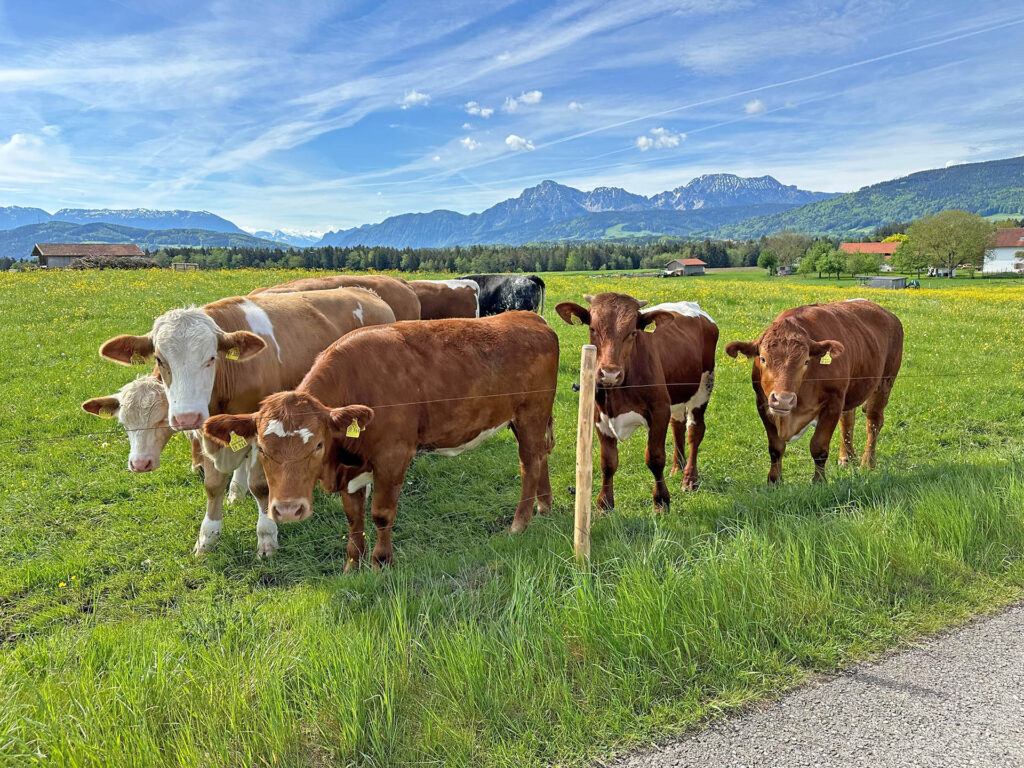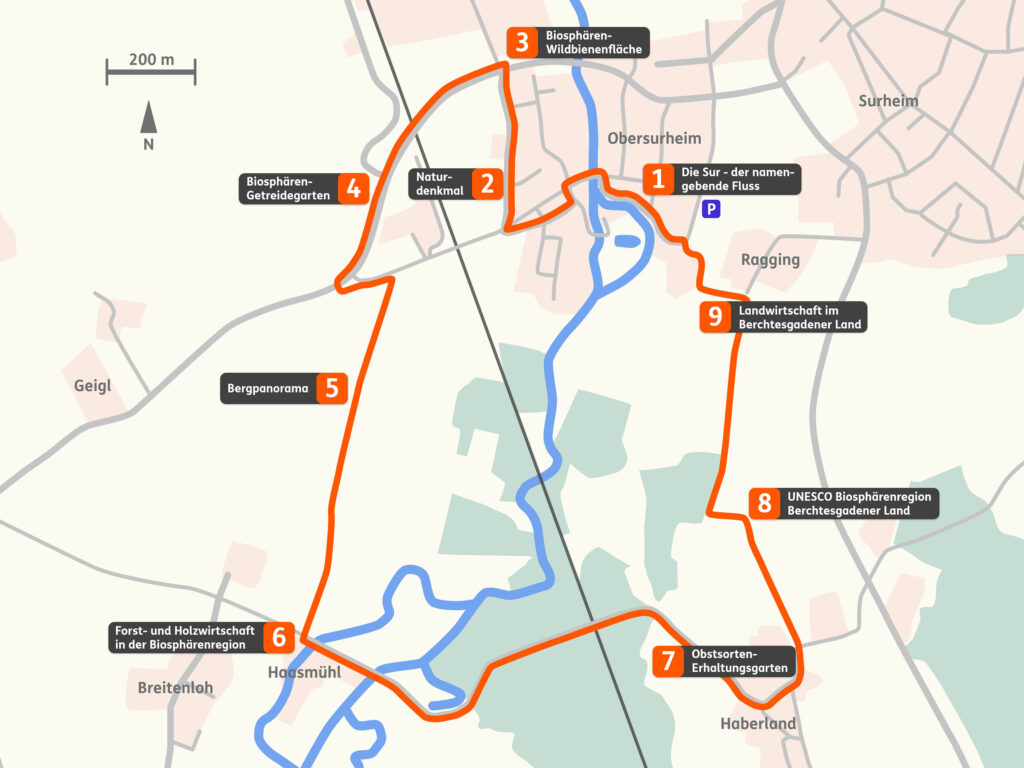Treasure Keeper's Trail
Exciting hike to special places in Saaldorf-Surheim
“We preserve treasures” – this is the motto of the Treasure Keepers’ Trail in Saaldorf-Surheim. Colorful information panels at various locations provide insights into the municipality’s special features. There’s much to discover about biodiversity and the local nature, economy, and culture: fruit, grains, and wild bees, agriculture and forestry, the landscape-defining Sur River, and the magnificent mountain panorama – the diversity of treasures in the biosphere region is vast. Join us on a special journey of discovery.
Information about the route
- The starting and finishing points are the public parking spaces on Sägewerkstraße in Surheim.
- Distance: 5 km
- Time required: ca. 1,5 h
- The route leads along sidewalks, dirt roads, and quiet side streets. The circular tour is also possible as a bike ride.
- Route on Outdooractive
- Zoom map
Fruit, grain and wild bees – an easy circular hike
The municipality of Saaldorf-Surheim is located in the UNESCO Biosphere Region of Berchtesgadener Land. Along the approximately 5 km long Treasure Keeper’s Trail through the municipality, there are many fascinating things to learn about biodiversity: In the Haberland Orchard, everything revolves around the preservation of old fruit varieties (Project Apple.Pear.Mountains); in the Biosphere Grain Garden, old crops and grains, such as Laufener Landweizen, have been cultivated and promoted since 2018; and on an outdoor area of a company site designed to be wild bee-friendly, the focus is on protecting and familiarizing yourself with important pollinators. Other trailheads provide valuable information about the nature and culture of Saaldorf-Surheim and the Berchtesgadener Land Biosphere Region.
Station 1: The Sur – the landscape-defining river
The Sur rises near Surberg in the Traunstein district and flows 43 kilometers through the Rupertiwinkel region, changing direction several times, before flowing into the Salzach south of the town of Laufen. Flowing in wide loops through the rolling hills in the north of the biosphere reserve, it shapes the cultural landscape from Teisendorf to Laufen with its gallery forests and adjacent meadows and pastures. “Surheim” also takes its name from the Sur.
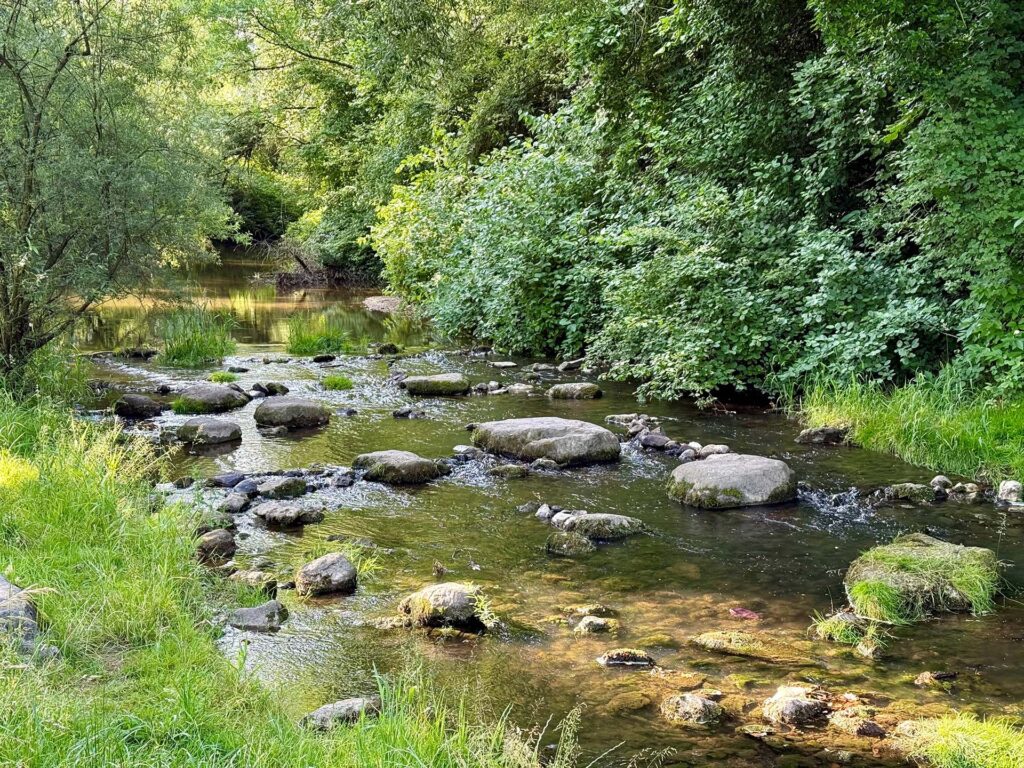
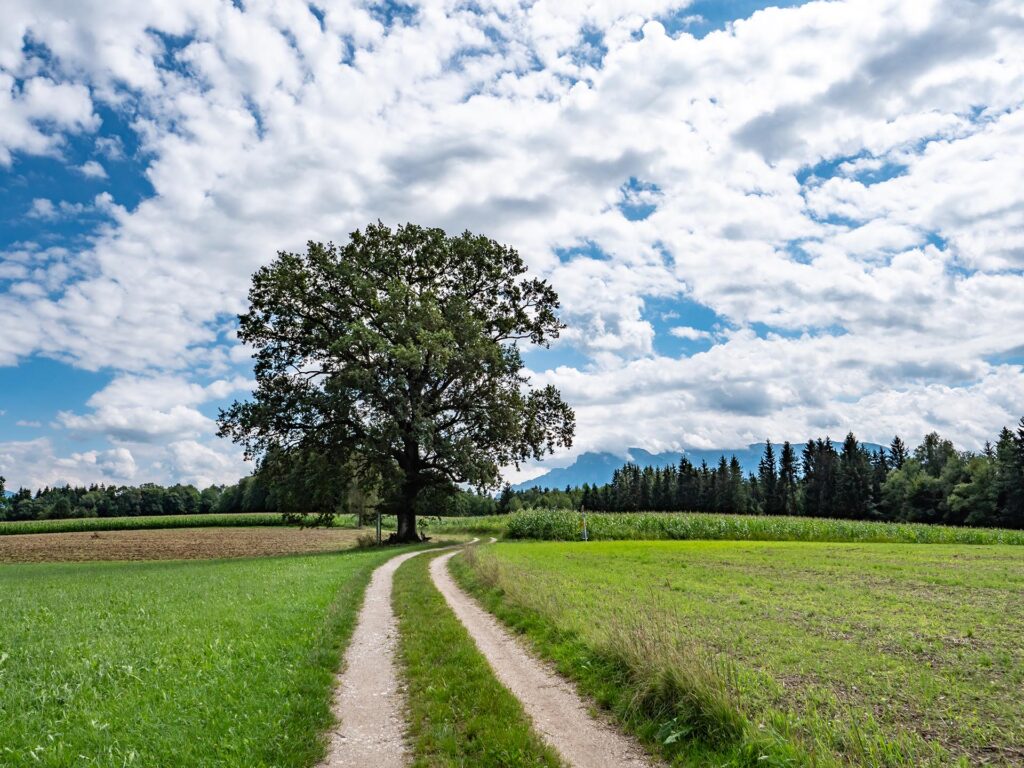
Station 2: Natural Monument
The oaks growing at this location are approximately 140 years old. They are the only larger trees in the wider area. They were designated a natural monument in 1979. A natural monument is a protected landscape feature, of which there are around 60 in the biosphere region. There are two common oak species in Berchtesgadener Land: the pedunculate oak and the sessile oak. Both are of great importance for the ecology of the forests and are of great importance to forestry throughout Bavaria. After the common beech, they are the most important deciduous tree species in forestry.
Station 3: Biosphere Wild Bee Area
Wild bees require natural and diverse habitats such as colorful flower meadows, blooming gardens, orchards, and diverse landscapes with hedges, trees, and forest edges. To create such structures, the “Wild Bee Project in Berchtesgadener Land” has been in existence since 2017. Together with municipalities, associations, schools, companies, farms, and private individuals, new habitats for wild bees and other species are being created. This biosphere wild bee area was also created in collaboration with various stakeholders. It contains a variety of elements that wild bees use for foraging or nesting.
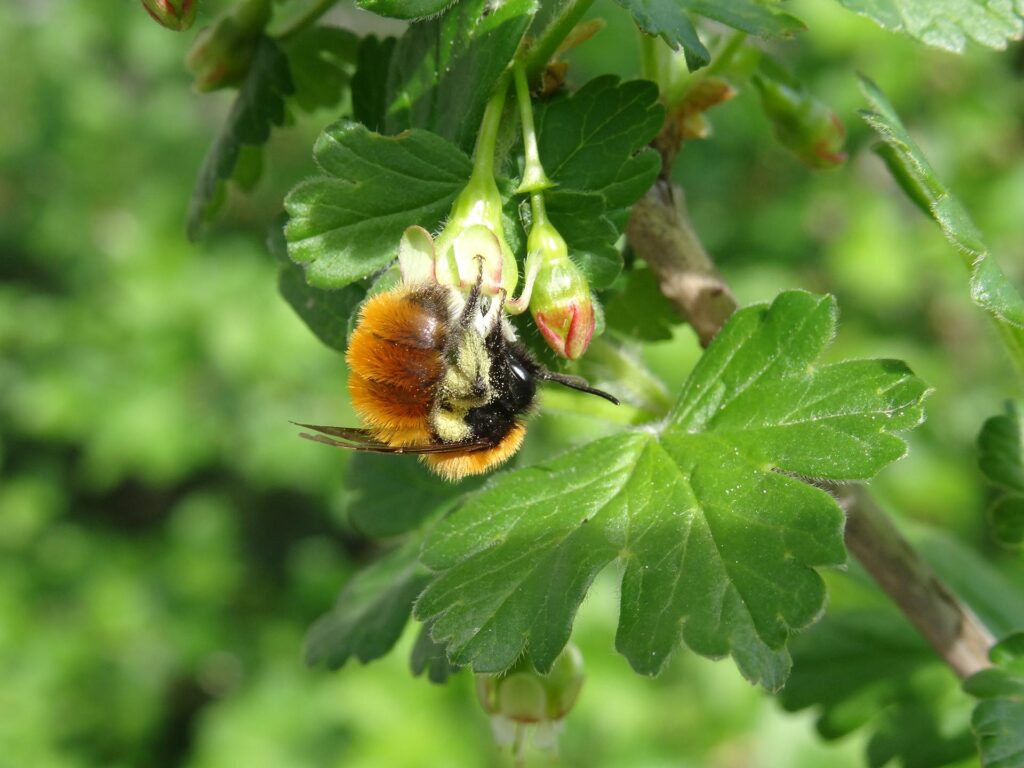
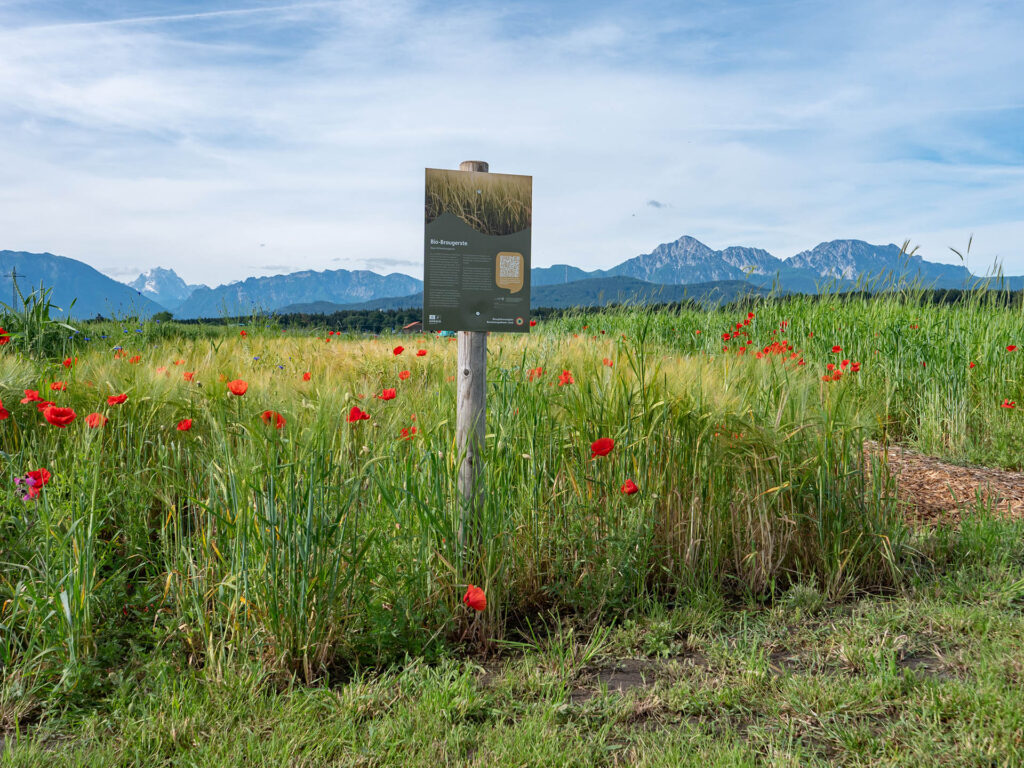
Station 4: Biosphere Grain Garden
Since 2018, various heritage grain varieties have been cultivated in small plots in the Biosphere Grain Garden. In cooperation with the State Institute for Agriculture and the “Preservation of Bavarian Agricultural Plant Genetic Resources” project, heritage varieties such as Berchtesgadener Vogel, Steiner’s Roter Tyroler Dinkel, Alpiner Begrannter, and Emmer from Weihenstephan have found their way back to Berchtesgadener Land. Heritage local varieties, such as Laufener Landweizen, are also cultivated. The Biosphere Grain Garden is part of a Bavaria-wide network of treasure preservers.
Station 5: Mountain Panorama
This location offers a magnificent panorama of the mountains of the Berchtesgadener Land Biosphere Region. The view extends from the Untersberg, Watzmann, Lattengebirge, Hochstaufen, and Zwiesel to the Teisenberg.
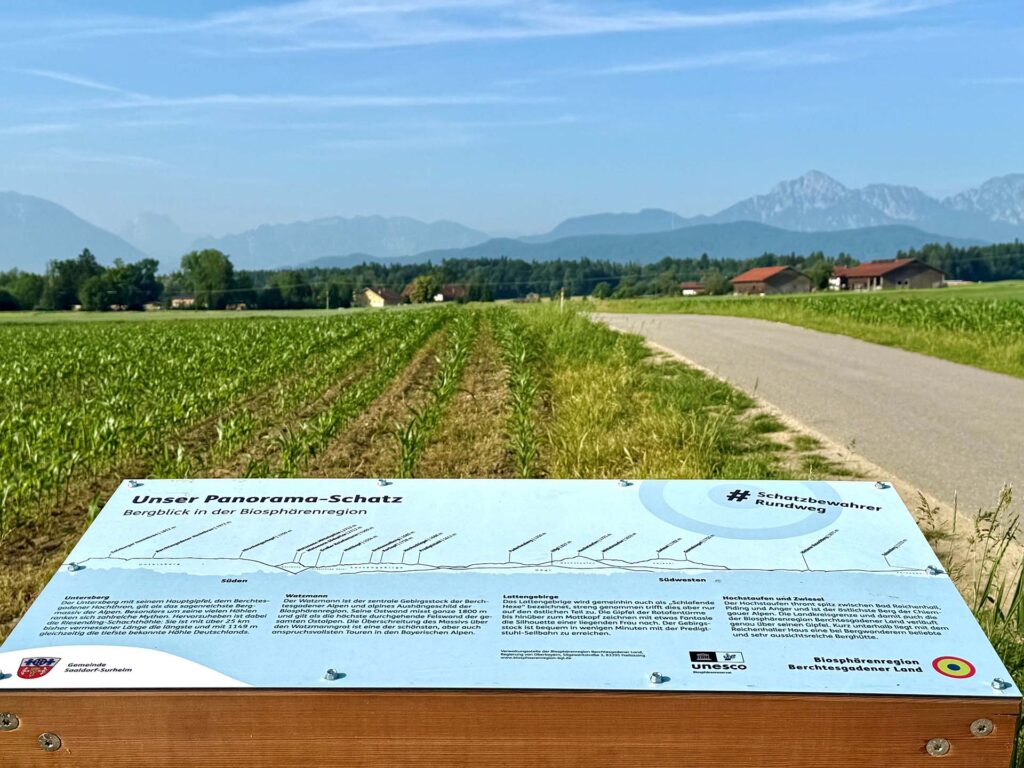
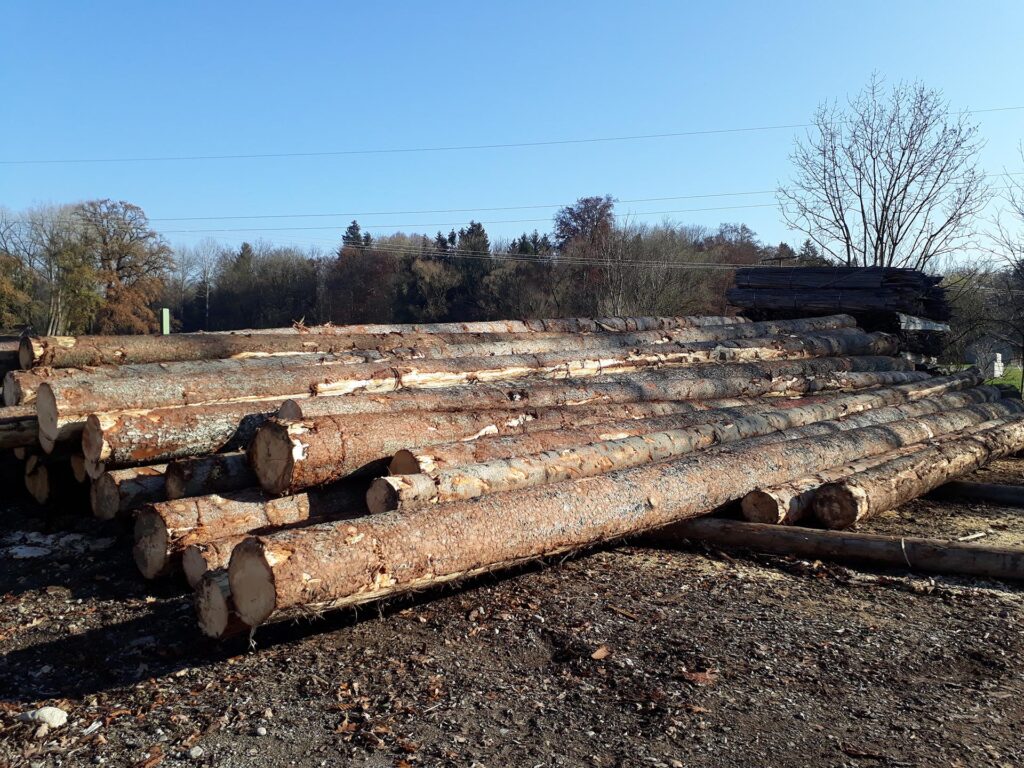
Station 6: Forestry and timber industry
Almost half of the Berchtesgadener Land, and thus the biosphere region, is covered in forests. The local forestry and timber industry is therefore of great importance: security of supply, short transport routes, and local sales opportunities are just some of the benefits for the local economy and effective climate and environmental protection. For the region, the Haasmühl sawmill in the municipality of Saaldorf-Surheim is an important link in the sustainable value chain of the forestry and timber industry. It enables regional wood use and supplies local carpentry and timber construction companies with domestic lumber products.
Station 7: Fruit Variety Conservation Garden
In 2015, a project entitled “Apple.Pear.Mountains” was launched on behalf of the government of Upper Bavaria to search for old, forgotten apple and pear varieties in the Upper Bavarian Alpine foothills. Around 250 unknown varieties were discovered in six districts along the Upper Bavarian Alpine chain, from west to east. These varieties are now being cultivated and presented to the public in so-called variety conservation gardens. The Haberland Fruit Variety Ark here in the municipality of Saaldorf-Surheim was first planted with various standard and spindle trees in the fall of 2022 and has been allowed to continue growing since then.
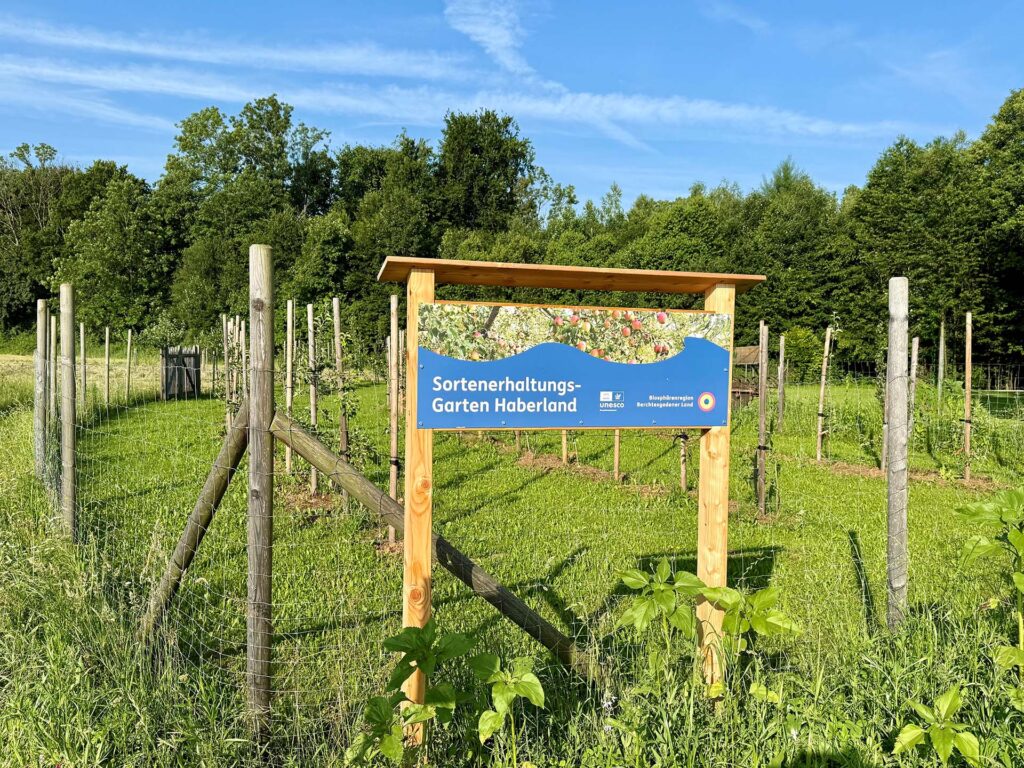
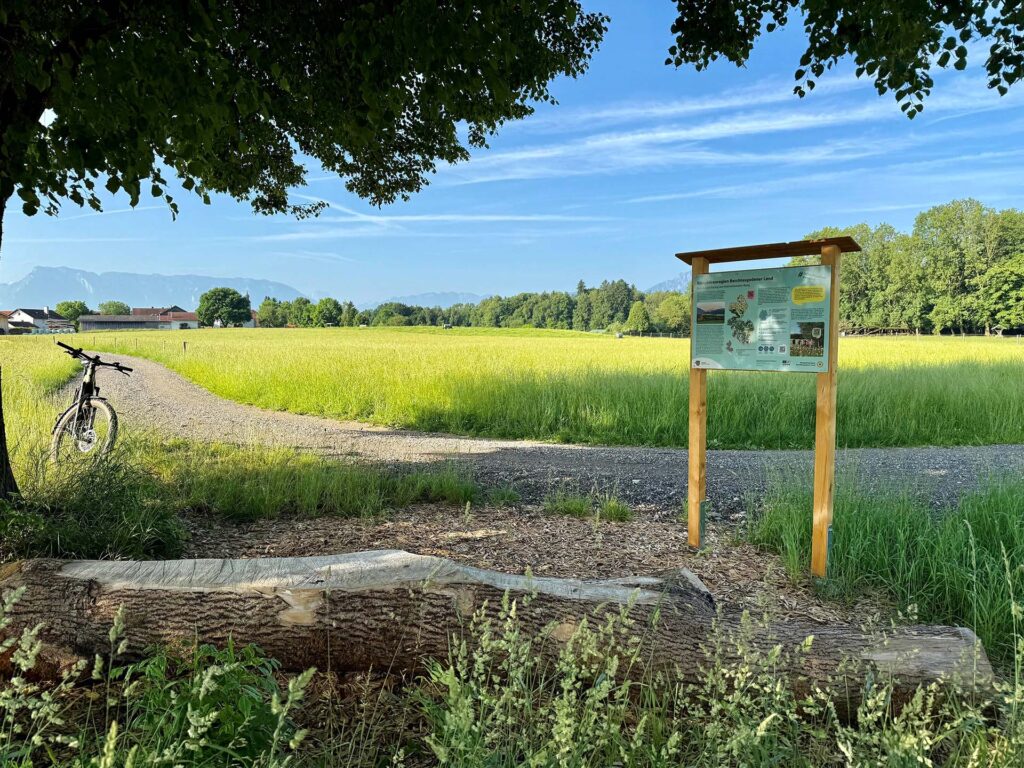
Station 8: Biosphere Region
Biosphere means habitat. A biosphere region is a place where people and nature live in harmony, where existing resources are protected, and where the future is developed sustainably. The region is both a vibrant business location and the home and habitat of numerous, often rare, animal and plant species. The Berchtesgadener Land Biosphere Region stretches from the rugged high mountains to the gentle Alpine foothills, a unique feature in Germany. Due to its unique landscape and culture, Berchtesgadener Land has been designated a biosphere region by UNESCO.
Station 9: Agriculture
In the biosphere region, the centuries-old practice of traditional grazing of cattle, sheep, and goats has created a unique cultural landscape stretching from the lowlands of the Surtal valley up to the alpine pastures at the foot of the Watzmann. Currently, there are more than 1,200 farms in the Berchtesgadener Land region. A good 14% of these farms operate according to organic standards. The alpine pastures in the biosphere region are a defining feature of the cultural landscape. The total alpine pasture area, accounting for 8% of the total area, amounts to almost 1,500 hectares. Today, it serves primarily as grazing land for young cattle and, with the managed alpine pastures, also has a high cultural value.
